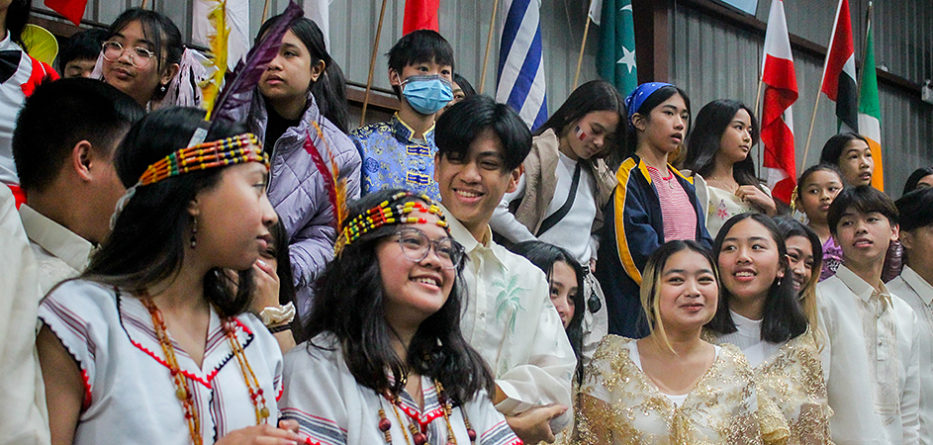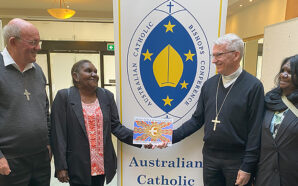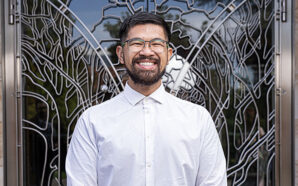Are your children shy about their cultural heritage? Our educators in the Diocese of Parramatta have some tips to keep children connected with this part of their lives.
Sarah Prego, Assistant Coordinator of Ambrose at St Paul the Apostle Primary School, Winston Hills, already sees some differences in how children today see their cultural heritage compared to when she was a child.
With a South American heritage, she was reluctant to learn Spanish, her family’s language. Sadly she also experienced some teasing around this.
“I just wanted to take Vegemite sandwiches to school,” she says, instead of the delicious pastas, schnitzels and other foods her mother prepared for her.
Still only in her mid-twenties, she is thrilled to see the children at Ambrose embracing their cultural heritage. Ambrose Winston Hills, like most of the Diocese of Parramatta, has a varied cultural makeup. She counts around nine different nationalities represented at the centre.
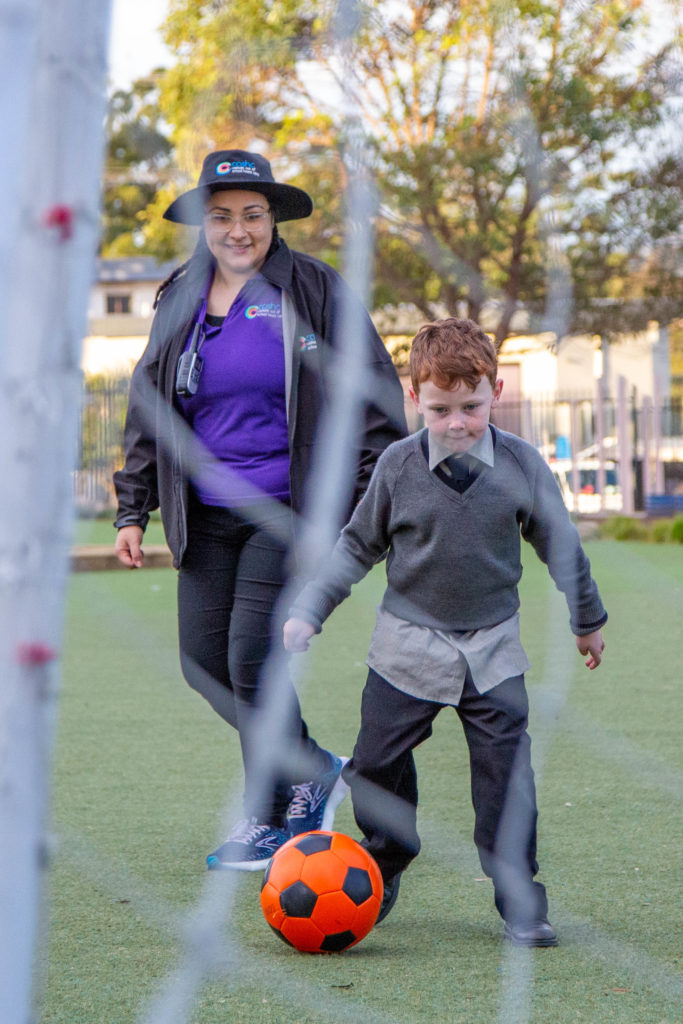
Sarah Prego, Assistant Coordinator of Ambrose at St Paul the Apostle Primary School, Winston Hills, with a student. Image: Diocese of Parramatta
While part of her own experience was due to, attitudes that had been around under previous immigration policies, Sarah credits the change in attitude to a more intentional approach to children’s cultural heritage today.
“We’ve incorporated food from the countries our students come from,” she says, as an example of the strategies they use at Ambrose. “We’ve served a South American bread called alfajores, and children have told me how their grandma also makes it. We’ve also served roti bread which was very exciting for a student from Malaysia. When we served butter chicken, one of our students with an Indian heritage was very proud to tell us it is what his mum makes at home.”
The centre keeps the conversation going throughout the activities. “We play lots of soccer,” says Sarah, and we tell one of our students who’s a great player, that he’s sure to represent Lebanon one day!
“We also read and discuss books, such as those on Aboriginal culture, which a child brought to read to the other students about her family’s heritage.”
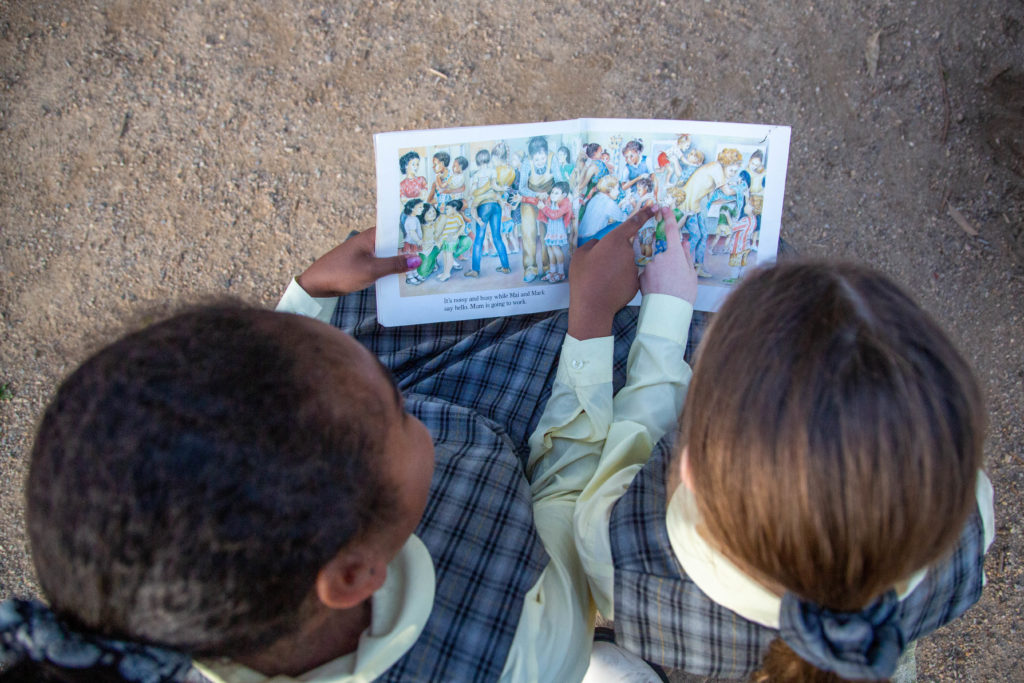
Students at Ambrose at St Paul the Apostle Primary School, Winston Hills, read a book. Image: Diocese of Parramatta
Sarah cautions that children need to find their own pace, particularly around the age group of 9 to 13 years old. This is when they will be finding out who they are as people, so it’s natural they might ‘push back’ at times. She reassures parents that as long as the connection to culture is there, young people will pick it up again when they are developmentally ready. This is exactly what happened to her.
It’s an experience that the school community of St Andrews College at Marayong can relate to.
With over a dozen nationalities at the school at any one time, the school comes together to celebrate with a ‘Unity Day’ celebration, also attended by around 1,000 family members. At the event, students can showcase their culture in music, dance, clothing, food, sport and more. Leader of Learning Music and Performance, Antonio Chiapetta, sees not only the enjoyment it brings the students, but also the confidence and school spirit it fosters.
“Students realise it’s cool to embrace their story, and perhaps share their vulnerability,” he says. “It’s great to see them comfortable in their own skin.”
Manager – Catholic Youth Parramatta, Qwayne Guevara sees the impact of accepting our cultural heritage in her work with young people’s faith. “When we embrace our multicultural reality, we send a message that faith is not just for a few, but for all,” she says.
“This is important in our work in youth ministry. We want each young person to know that they belong – in all that they are, even in the way their culture expresses faith, builds community, and engages in service and mission.”
Tips to help your children embrace their cultural heritage:
- Be patient – make your culture accessible to your children.
- There may be culturally-based activity groups in your community your child might enjoy – check them out.
- Understand where your child is at developmentally. From ages 9 to 13, children are finding out who they are. At this age they tend to be resistant to lots of things, including pressure to conform to the family. Don’t worry, it’s a natural stage of child development.
- Be proud yourself – set an example of living your cultural heritage with pride.
This article was originally published in the 2022 Season of Creation | Spring 2022 edition of the Catholic Outlook Magazine. You can pick up your copy of the magazine in parishes, schools and offices across the Diocese of Parramatta now or you can read the digital version here.




